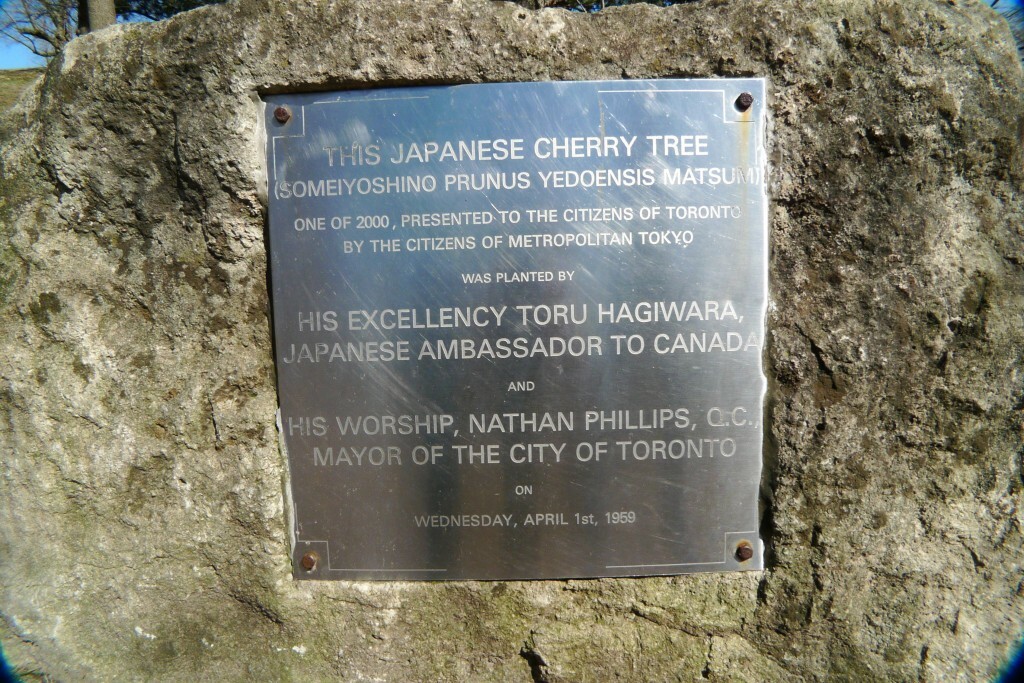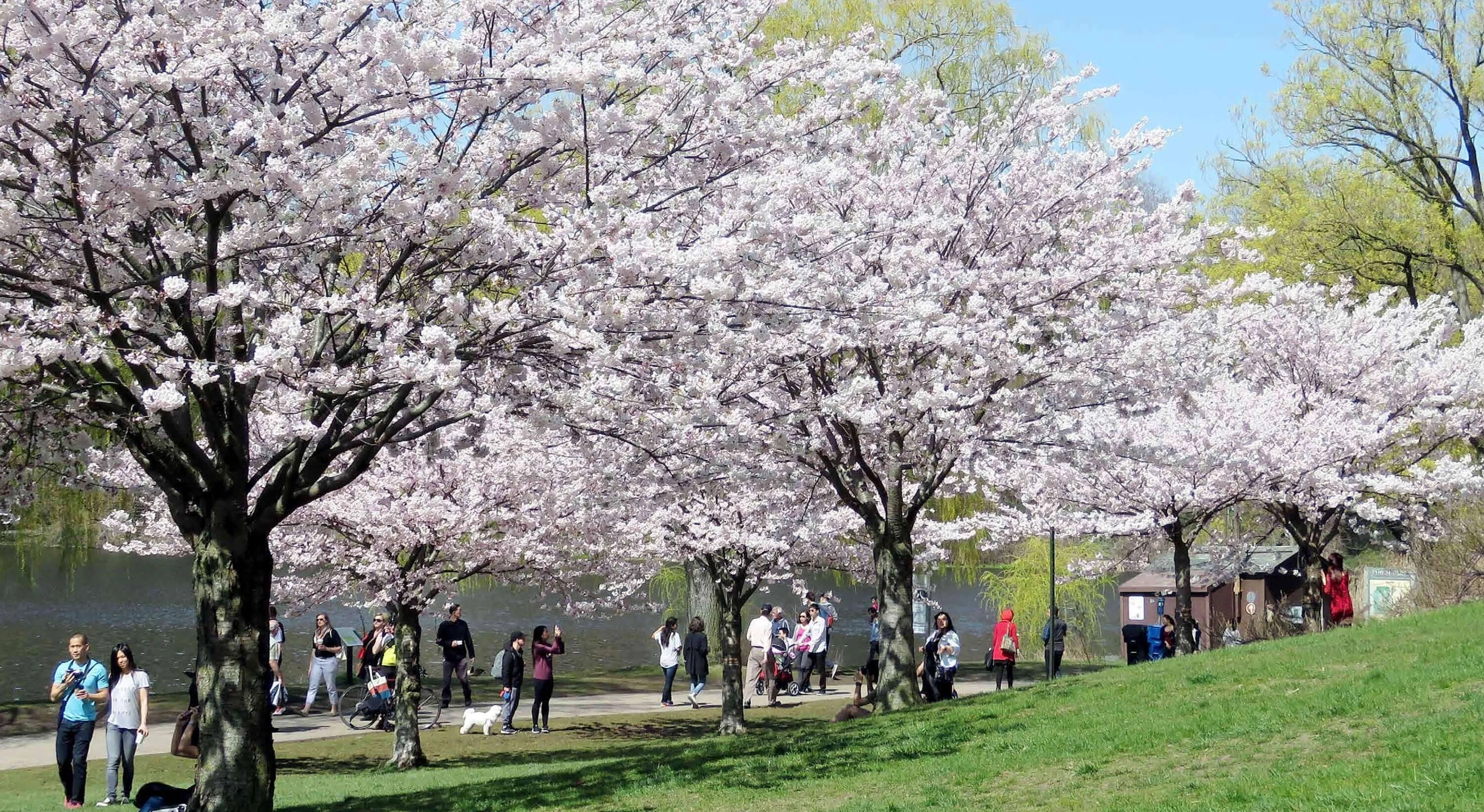Blossoms of Friendship: The Story of Toronto's Cherry Blossoms and Their Cultural Impact
by Core Assets
Toronto's cherry blossoms are a delightful symbol of friendship and diplomacy. The story begins in 1959, when the Japanese ambassador to Canada gifted 2,000 cherry trees to the city, marking a renewed chapter of goodwill after World War II. This gesture planted the seeds for Toronto's thriving cherry blossom tradition. The first trees were planted in High Park, which has since become a prime location for viewing these delicate pink blooms each spring. Over the years, additional cherry trees have been planted throughout Toronto's parks, including the University of Toronto and Exhibition Place, creating a lasting legacy of beauty and cultural exchange.
Today, the annual blossoming draws visitors worldwide, transforming Toronto's parks into vibrant havens that celebrate nature's beauty and the city's multicultural spirit. So, while we may not have cherry blossom-flavoured Timbits yet, we have a blooming spring tradition that brings together city dwellers, tourists, and selfie enthusiasts.

Historical Background and Symbolic Significance
Toronto's cherry blossoms, or sakura, reflect a cultural bridge between Japan and Canada. The Japanese tradition of hanami, or flower viewing, celebrates the transient beauty of cherry blossoms, encouraging reflection on life's impermanence.
This resonates with the Japanese concept of "mono no aware," which acknowledges the fleeting nature of all things. The gift of cherry trees in 1959 marked a significant milestone in post-war diplomacy, reinforcing the renewed friendship between Japan and Canada and laying the groundwork for future exchanges. Toronto's adoption of the cherry blossom tradition has bridged East and West, fostering cultural appreciation and connection between the two nations.
Today, cherry blossoms have flourished into a beloved part of Toronto's identity, serving as a reminder of the city's multicultural spirit. The symbolic significance of these trees extends beyond their beauty, reflecting both cultural exchange and international diplomacy.

The Annual Celebration and Community Impact
Each spring, Toronto's cherry blossoms signal a vibrant community celebration. High Park becomes a hub for these festivities, attracting visitors eager to witness the pink petals in full bloom. Families, friends, and selfie enthusiasts gather, creating a lively atmosphere where conversations blend with laughter and camera shutters.
Beyond High Park, cherry blossoms have spread to other areas, including the University of Toronto and Exhibition Place, extending hanami across the city. This gathering of diverse groups celebrates nature and Toronto's multicultural spirit, bringing people from all walks of life together. Local businesses, from cafes to boutiques, join the festivities, creating cherry blossom-themed menus and products that add to the seasonal charm. This strengthens the connection between the cherry blossoms and Toronto's cultural identity, making the annual celebration a citywide affair.

Toronto's cherry blossoms embody a story of friendship, cultural exchange, and unity.
These blooms symbolize the city's multicultural identity, from their diplomatic roots to their presence across Toronto's parks. They remind us of the connection between Japan and Canada, bridging cultural divides and bringing people together to marvel at nature's beauty. When strolling through a sea of pink petals in High Park or elsewhere, appreciate the flowers and the enduring legacy of international goodwill they represent.